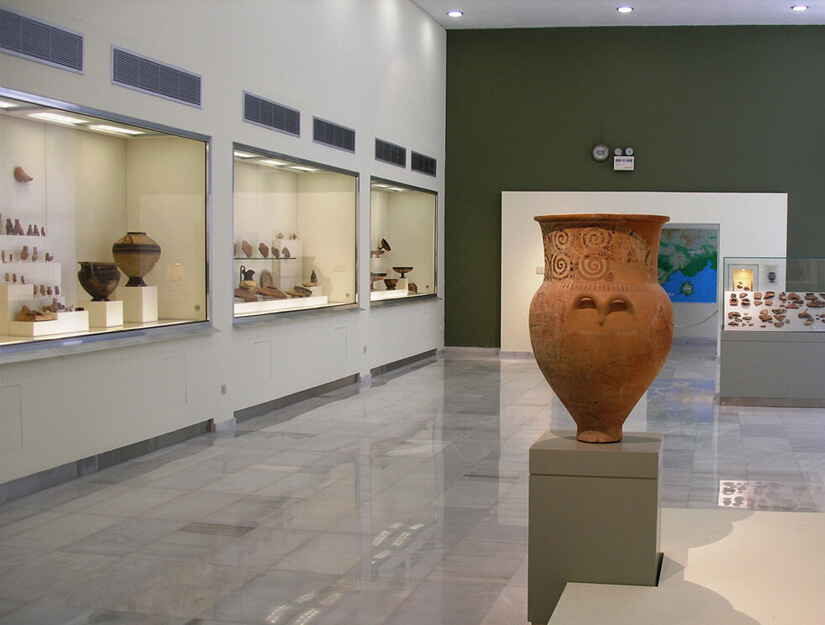
The exhibits of the museum include:
– Excavations of Neapolis, today’s neighborhood of Panagia
– Excavations of Amphipolis
– Findings from the later Neolithic Age and the Bronze Age
– Antiquities from various regions of Eastern Macedonia and from tomb graves in Nikissiani of Pangaion.
– Funerary and votive columns, embossed and inscribed, as well as architectural members from various regions of Eastern Macedonia.
In the past, Kavala was known as the most important Tobacco Manufacturing and Exporting Tobacco Center. The Tobacco Museum is a modern industrial and experiential museum with a wealth of exhibits.
The exhibits of the museum include:
– Tobacco cultivation objects
– Commercial tobacco processing machinery
– Photo gallery
– Rare documents (documents of the Ottoman Regie Monopoly, statutes of unions, bank documents)
– Books about tobacco
– Archives of the Tobacco Association and others.
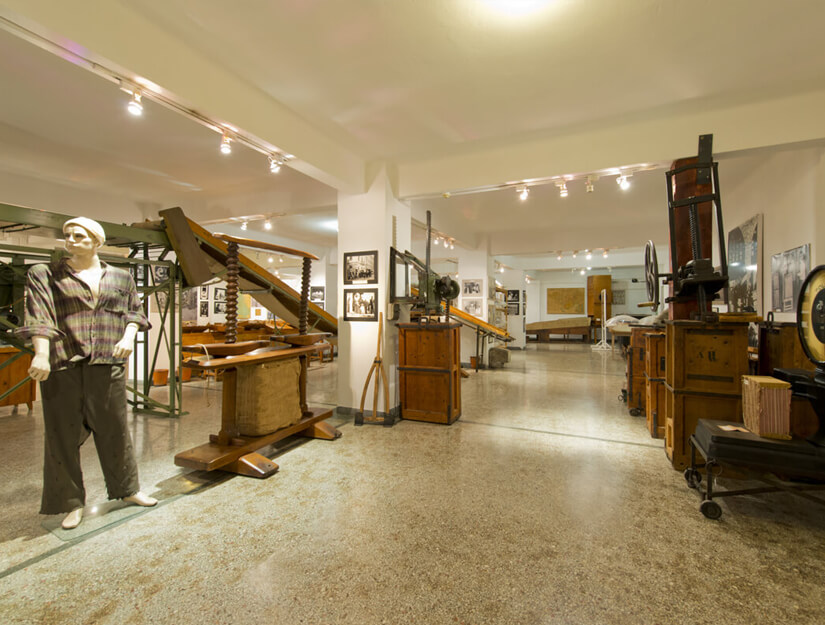
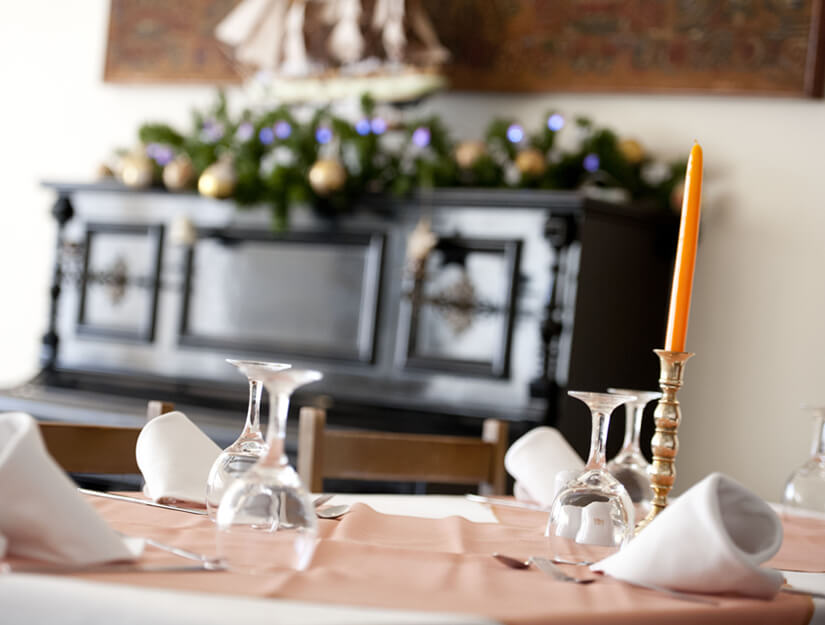
The exhibits of the museum include:
– Navigation aids
– Ship models, faithful replicas of older ships
– Items from the rigging of the boats
– Products of the sea
– Paintings of popular painters from Kavala with themes from the sea and its life
– Photos from the sea
– Boat calendars and nautical brochures with our navy’s adventures testimonies.
The Municipal Museum of Kavala was opened in 1986 in a two-storey neoclassical building in the center of Kavala, very close to the Town Hall.
The exhibits of the museum include:
– The historical archive of the city, which contains material from the Greek and British Ministries of Foreign Affairs
– Traditional costumes, handcrafted, woven, jewelry, tools, etc. products of Modern Greek traditional culture
– Paintings and sculptures by Greek artists
– A rich collection of birds from the wetlands of Nestos and Strymonas river.
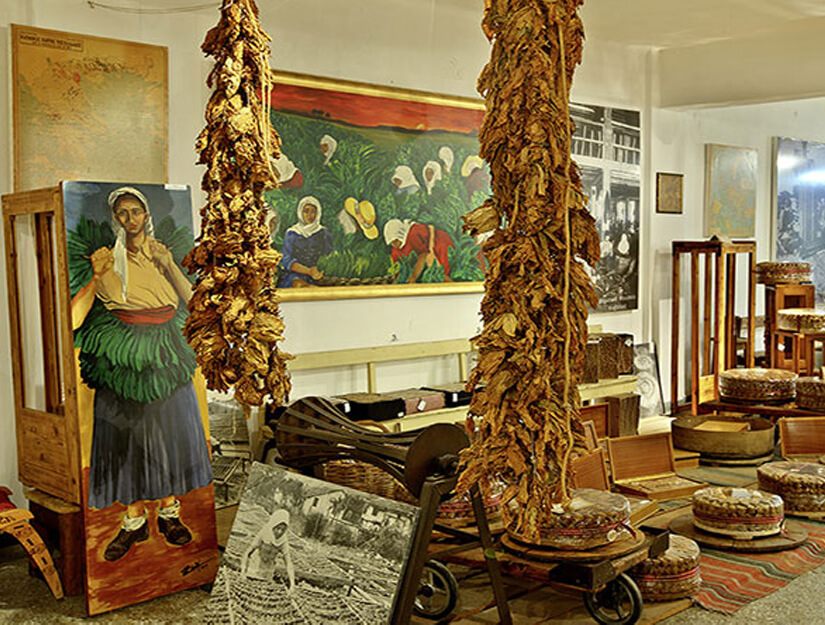
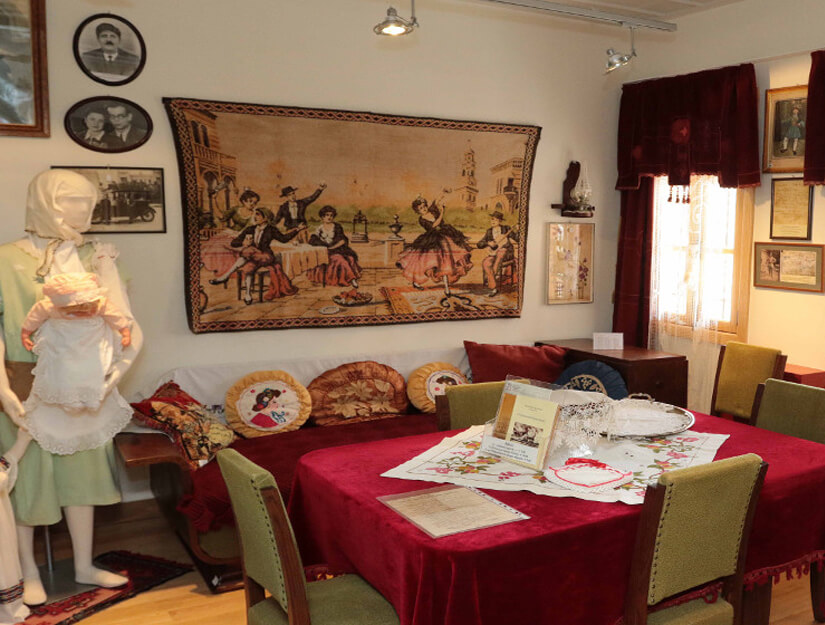
The exhibits of the museum include:
– Pictures and worship objects
– Embroidery
– Types of daily use
– Books, papers and photos from unforgettable homelands and others acquired here in the early years of their establishment.
At Muhammad Ali Square, located in the Old Town of Kavala, on the peninsula of Panagia, there is the “konaki” of Muhammad Ali, which together with his statue is considered one of the most preserved examples of Ottoman architecture of the 18th century.
In this house the principle of the separate arrangement of the accommodation spaces for men and women was applied. In the southern section is the “Selamlik”, which includes the areas of men’s daily living and working and the reception areas of their visitors. In the northern unity is the “haremlik” that contains the women’s spaces, with the services of the everyday household and at the same time the more private spaces of the whole family.
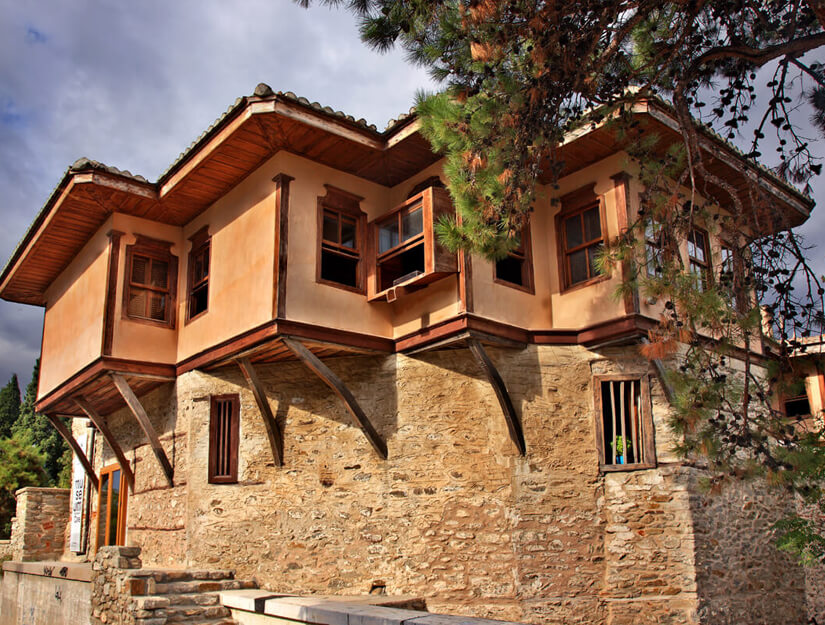
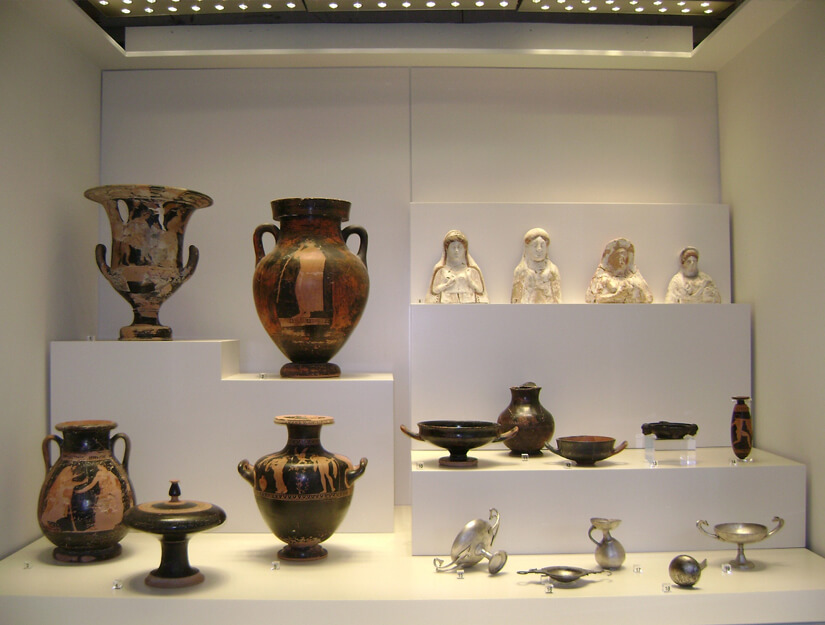
In Section A (380 sq. m.), archaeological, historical and surveillance material of the city of Philippi and its region is presented from prehistoric times to the end of Roman antiquity.
In Section B (205 sq. m.) the Christian city is presented from the Early Christian years of acme to its contraction in the 7th century AD Century and its final desolation after the Turkish conquest at the end of the 14th century.




